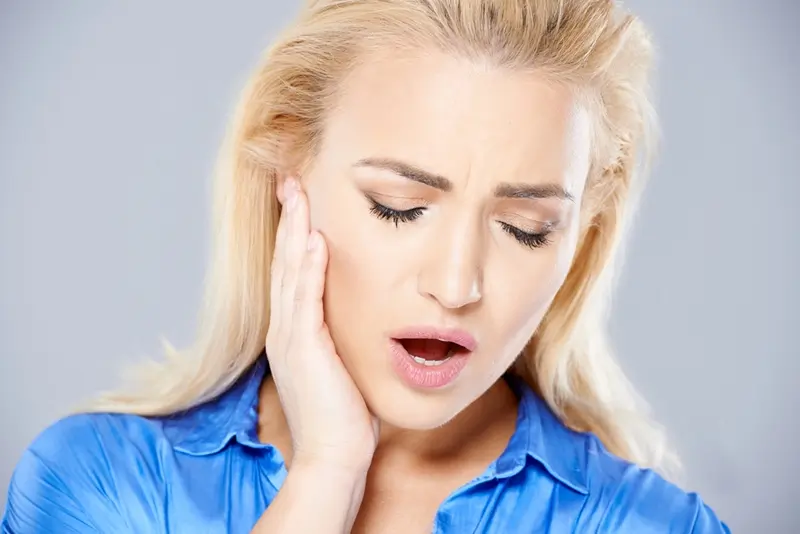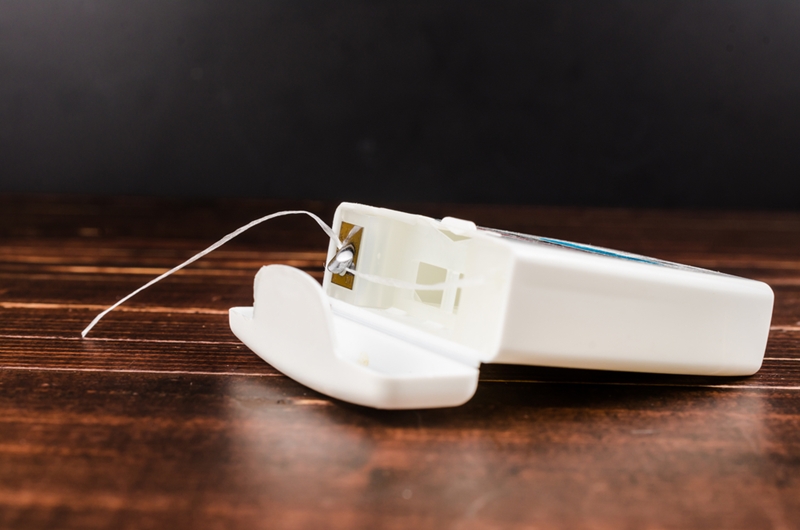On the off-chance you crack, chip or otherwise cause damage to a tooth, you have several options to get the problem fixed. Two potential solutions is to get a crown or an onlay.
Your dentist will help you decide which one is best for your situation, as the answer largely depends on the state of the tooth and what shape it was in prior to the problem. For example, if the entirety of the tooth is badly decayed, but only a portion of it is broken, a crown may still be the best option. But if that same fractured tooth is healthy, an onlay typically makes more sense, given that the cost is less and the treatment itself tends to be quicker.
Whether a crown or onlay is needed can be complicated. The easy part is taking care of it, as either option typically requires the same ongoing attention and recommended eating habits. Here are a few ways you can keep your crown or onlay looking as pristine as the day it was professionally placed.
Brush and floss twice a day
In many ways, maintaining the health and longevity of a crown or onlay is no different than what you would do with all of your other teeth. As recommended by the Australian Dental Association, aim to brush your teeth at least twice per day, making sure to brush in a circular motion for each tooth front and back. Flossing is every bit as important as brushing and should ideally be done prior to brushing. You may also want to consider flossing more often than you brush, such as immediately after meals to eliminate food particles.
Avoid biting into extremely hard foods
At one time, onlays and crowns were made from metals, typically gold or silver. As technology has improved, however, making them appear practically identical to your actual teeth, they’re made from porcelain. While quite resilient, this material is nonetheless softer than your natural teeth, which makes it prone to damage if you bite into something that is very hard. While you don’t have to swear off hard foods, avoid the kind that can lead to breaking, such as ice cubes, rock candy or sticky sweets like caramel. You should also try to break the habit of biting your fingernails or any other hard objects.
 A sore jaw is a common symptom of bruxism.
A sore jaw is a common symptom of bruxism.Be cognisant of teeth grinding
Referred to as bruxism in the dental industry, teeth-grinding is very common. Aside from the fact that it typically occurs when you’re asleep – making hard to control – it can often be caused by stress. Some will grind their teeth without realising it. Since crowns and onlays aren’t as strong as your regular teeth – which is made up of a combination of cementum, pulp, dentin and enamel – bruxism can lead to crown or onlay breakage, such as cracking, chipping or displacement.
If you think you may have bruxism – which is most common in people ranging between 31 and 64 years of age, according to the Australian Dental Association – talk to your dentist about it. They can offer some suggestions on how to stop. This may require wearing a mouth guard. These can be customised so they fit snuggly, thereby avoiding disruption during the night while you sleep.
Frequently, bruxism causes other acute symptoms. Their manifestation can help you determine if you do, in fact, grind your teeth. A dull headache, painful jaw, clenching, sensitivity to hot or cold beverages and ear pain are all common health effects of teeth-grinding.
 Flossing is important, but be careful about it around a temporary crown.
Flossing is important, but be careful about it around a temporary crown.Floss carefully for temporary crowns
Because crowns are form-fitting, you may be required to wear a temporary crown for a few weeks while your permanent crown is designed. In these situations, be careful about flossing. You can floss safely, but when you get close to the temporary crown – typically in the back of the mouth – avoid forcing the strand of floss into the grooves. Doing so may cause displacement.
You should also try to restrict crunchy, hard or chewy foods. These are fine to eat now and then once the permanent crown is placed. But in the interim, soft foods are best, such as cooked vegetables, fruits like berries or crackers for snacks.
Don’t forget to rinse
Aside from the fact that rinsing your mouth helps increase saliva flow – which is critical to maintaining healthy teeth and gums – rinsing serves as an additional way to eliminate food particles that you may have missed while brushing or flossing. If you’re not sure about which rinse to select, ask your dentist, especially if you feel sensitivity following the onlay or crown placement.
Schedule a cleaning today with City Dentists to keep your pearly whites shining bright. Contact us now to book an appointment.
